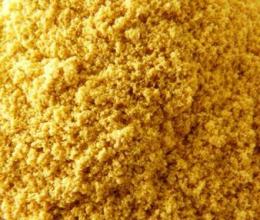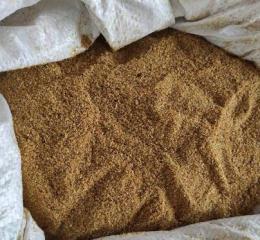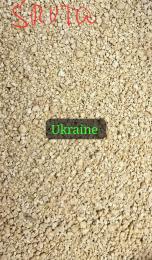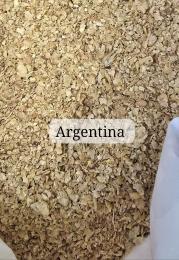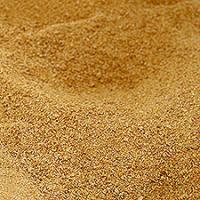Feed Materials
Catálogos relacionados
Filtros
Origin
Custom Qty
Productos: 3
Clasificar por:
Productos: 3
Están disponibles
0.35 EUR
Están disponibles
0.42 EUR
- 1
Balancing Quality and Cost: Modern Approaches to Feed Ingredient Sourcing.
According to independent experts Agralifood. The profitability of livestock production depends not only on farm management practices but also on the nutritional quality of feed. Agralifood experts emphasize that the right choice of raw materials determines animal health, growth performance, and long-term sustainability. However, one of the biggest challenges for feed producers today is securing ingredients that meet strict quality standards while remaining cost-effective in an increasingly volatile global market.
Key Challenges in Ingredient Procurement. Independent assessments highlight several critical issues:
Price volatility. Grain and oilseed markets are highly sensitive to climate fluctuations, geopolitical tensions, and global demand shifts, making cost planning unpredictable.
Quality inconsistency. Even within the same supplier, batches of raw materials may vary significantly due to harvest conditions, storage, or transport practices.
Supply chain disruptions. Weather extremes, trade restrictions, or logistical bottlenecks can interrupt the steady flow of ingredients, delaying production schedules.
Contamination risks. Feed inputs may carry mycotoxins, pesticide residues, or heavy metals, threatening not only animal health but also food safety for consumers.
What Defines High-Quality Raw MateriAccording to Agralifood specialists, three factors are essential:
- Balanced nutrition — an optimal mix of proteins, carbohydrates, fats, vitamins, and minerals tailored to the target animal species.
- Safety assurance — absence of toxins, pathogens, and chemical residues, verified through consistent testing.
- Supply reliability — dependable sourcing that ensures uniform feed quality and reduces the risk of production interruptions.
Practical Strategies for Feed Producers. To secure both affordability and quality, experts recommend:
- Supplier diversification to avoid dependence on a single partner;
- Long-term partnerships that fix pricing, quality standards, and delivery terms;
- Global market analysis to identify sourcing regions with the best cost-to-quality ratio;
- Technology integration, including rapid on-site testing and blockchain for traceability;
- Improved storage and handling, such as humidity and temperature control, to preserve nutritional value.
Sustainability as a Strategic Priority. Agralifood analysts also note a strong industry shift toward environmen tally responsible sourcing:
- Partnering with growers who use eco-friendly farming practices;
- Supporting regional suppliers to cut transport costs and carbon emissions;
- Streamlining logistics to reduce the overall environmental footprint.
Conclusion
Independent Agralifood experts underline that sustainable feed production requires balance: high-quality inputs must align with cost efficiency. By combining advanced technologies, diversified supply networks, and long-term sustainable practices, feed producers can strengthen their market position and secure stable growth in a rapidly changing environment.


